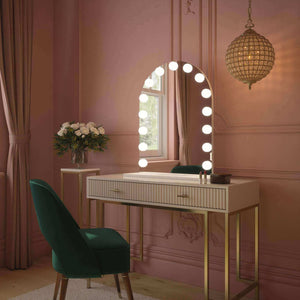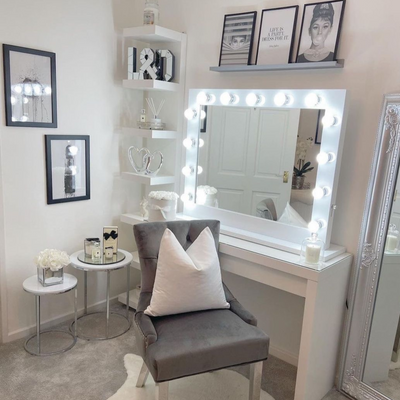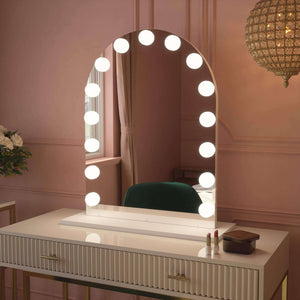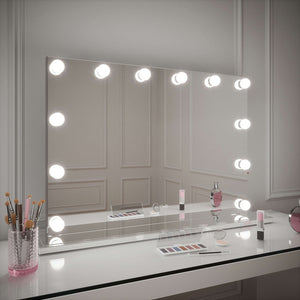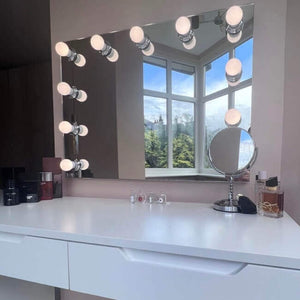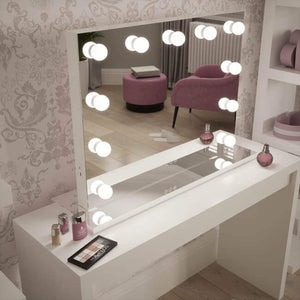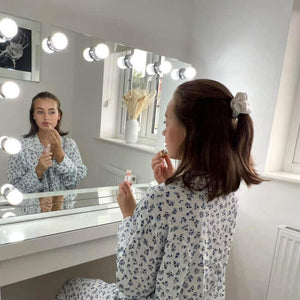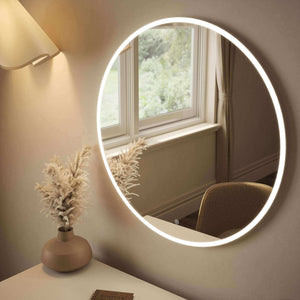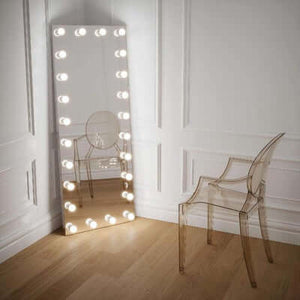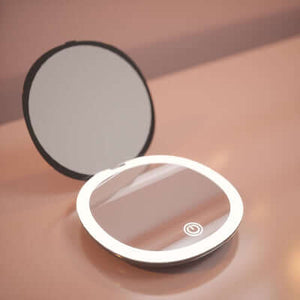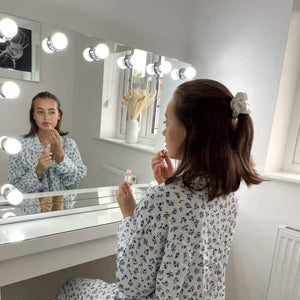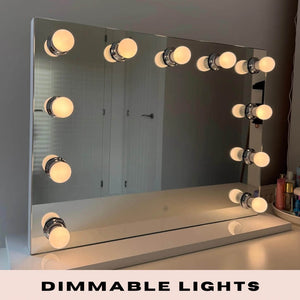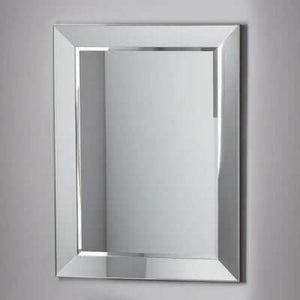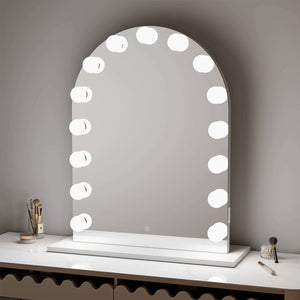Anatomical analysis, in the context of makeup artistry, is the process of carefully examining and understanding the facial structure and proportions of a client.
It involves looking at the shape of the face, the placement of the eyes, nose, and lips, the bone structure, and even the skin type. This analysis helps makeup artists decide what techniques and colors to use to accentuate the best features of the client's face while minimizing less favorable aspects.
Why Anatomical Analysis is Important
Understanding the anatomy of the face is crucial for several reasons:
-
Enhances Natural Beauty: By analyzing the facial structure, makeup artists can apply makeup that looks natural and highlights the client’s best features.
-
Customization: Each face is unique. Anatomical analysis ensures that makeup artists can provide a personalized makeup look that suits the individual's facial features rather than using a one-size-fits-all approach.
-
Balance and Proportion: Makeup artists can use their knowledge to create a sense of balance on the face, making certain features appear more proportionate if desired.
-
Professionalism: Demonstrating an understanding of facial anatomy reflects a high level of professionalism and skill in the makeup industry, setting apart amateurs from seasoned professionals.
Use Cases
-
Bridal Makeup: For a bride, her wedding day is a time when she wants to look her absolute best. Anatomical analysis allows makeup artists to create a look that complements her facial features and works harmoniously with her outfit and the theme of the wedding.
-
Fashion Shows: In fashion shows, makeup often needs to make a statement while still respecting the model's natural features. Anatomical analysis helps in creating bold looks that are tailored to each model's face.
-
Photo Shoots: Photography can capture every detail. Makeup artists use anatomical analysis to ensure that makeup looks flawless both in person and on camera, taking into consideration how lighting will interact with the makeup.
-
Theatrical Makeup: For performances, makeup needs to convey a character or emotion, often from a distance. Anatomical analysis is key in transforming actors into their characters while considering the intensity of stage lighting.
How to Perform Anatomical Analysis
-
Study the Face: Begin with a clean, makeup-free face. Observe the overall shape of the face (oval, round, square, etc.), and take note of any asymmetries.
-
Assess Features: Look at the eyes, nose, lips, and cheekbones. Identify which features are most prominent and which you may want to highlight or soften.
-
Consider Skin Type: Skin type can affect how makeup sits and lasts on the face. Identify whether the skin is oily, dry, combination, sensitive, or normal.
-
Plan Your Approach: Decide on makeup techniques that will enhance the client's features. This might involve contouring to define cheekbones, choosing eyeshadow colors that complement the eye color, or selecting a lipstick shade that enhances the natural lip color.
Conclusion
Anatomical analysis is a foundational skill for makeup artists, allowing them to elevate their craft to an art form. It ensures that each makeup application is personalized, enhancing the client's natural beauty in a way that is both respectful and celebratory of their individuality.
By understanding the structure and proportions of the face, makeup artists can create looks that feel personal, professional, and perfectly suited to each client. Whether for a wedding, a fashion show, a photo shoot, or a theatrical performance, anatomical analysis is the key to creating makeup that truly makes an impact.
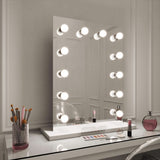 Alicia Hollywood Mirror 60cmx80cm
Alicia Hollywood Mirror 60cmx80cm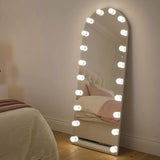 Angelina Full Length Arch Hollywood Mirror 160 x 60cm
Angelina Full Length Arch Hollywood Mirror 160 x 60cm Angled Luna Mirror-Cheval Black
Angled Luna Mirror-Cheval Black Angled Luna Mirror-Cheval Gray
Angled Luna Mirror-Cheval Gray
